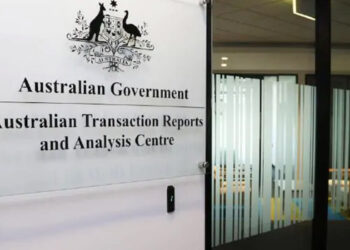Subdued business investment is an increasingly important driver of the global economic slowdown. Although trade wars continue to dominate the headlines – and global trade volumes remain weak – the bigger impact is coming from business caution.
Releasing the latest edition of Deloitte Access Economics’ quarterly Investment Monitor, Deloitte Access Economics partner and report lead author, Stephen Smith, said business leaders appear concerned by the stop-start nature of policymaking seen in many countries, as well as the unpredictability of key international flashpoints.
“But heightened uncertainty appears to be doing less damage to business investment prospects in Australia compared to other developed economies,” he said.
He said this is partly because Australian miners are investing more in order to replace ageing deposits and state and territory governments are continuing to invest in infrastructure. Mr Smith noted that Australia’s population growth rate remains relatively high and the the cost of credit is continuing to fall.
“To be clear, there are some challenges,” Mr Smith said. “Capacity utilisation – a key leading indicator of investment – has faded alongside the pace of Australian growth since mid-2018. And although the Reserve Bank has cut rates, if businesses lack confidence they’re not likely to invest in new projects – something the Reserve Bank can’t really change by cutting rates further.
“Deloitte Access Economics is forecasting private business investment to remain subdued in 2019-20, before recovering to grow at a faster rate than overall real GDP.”
Mr Smith said public investment had also been thrust into the political spotlight, with the Reserve Bank calling on the federal government to increase its infrastructure investment program as a way to stimulate wages and prices.
“That request has merit, particularly when the cost of borrowing is at a record low,” he said. “But there are a number of other factors to consider.
“The elevated level of current activity is already generating shortages in the skilled labour and specialised equipment needed to deliver major infrastructure projects, particularly so in Sydney and Melbourne.
“Infrastructure is also mostly a state responsibility, and many states are experiencing revenue write-downs.
“And the federal government is reluctant to spend large amounts as Canberra aims for a budget surplus – partly for political reasons, but partly because this gives them more room to move in the event of a crisis.
“That said, there are some areas where governments can do more. The current pipeline remains dominated by a series of large road and rail projects, mostly in Sydney and Melbourne, but there is still some capacity to deliver smaller scale projects outside the major capital cities.
“These are easier for contractors to coordinate and don’t tend to require the same amount of specialised skills and equipment to deliver. This helps to minimise labour and materials shortages and reduces the risk of delays and cost overruns.”
The past six years have seen a dramatic shift in investment activity from states in Australia’s north and west to those in the east and south. At the height of the mining boom there were $300 billion worth of projects listed as either under construction or committed in Queensland, Western Australia and the Northern Territory (the north and west), compared with $100 billion in NSW, Victoria, South Australia, Tasmania and the ACT (the east and south).
Since then the value of projects in Australia’s north and west has fallen by $236 billion, while projects in the east and west have increased by $56 billion – an almost $300 billion shift in activity.
More than 90 per cent of the decline in project activity in Australia’s north and west has been due to the mining sector alone, while transport investment accounts for more than 80 per cent of the gain in activity in the east and south. But these trends may be set to wane in coming years.
“Activity in the east and south will continue to be supported by public infrastructure investment, but governments have already committed record amounts towards infrastructure and there appears to be limited scope for further increases,” Mr Smith said.
“At the same time, activity in the north and west will be supported by new spending from miners – particularly in Western Australia’s iron ore sector and Queensland’s coal sector.”







